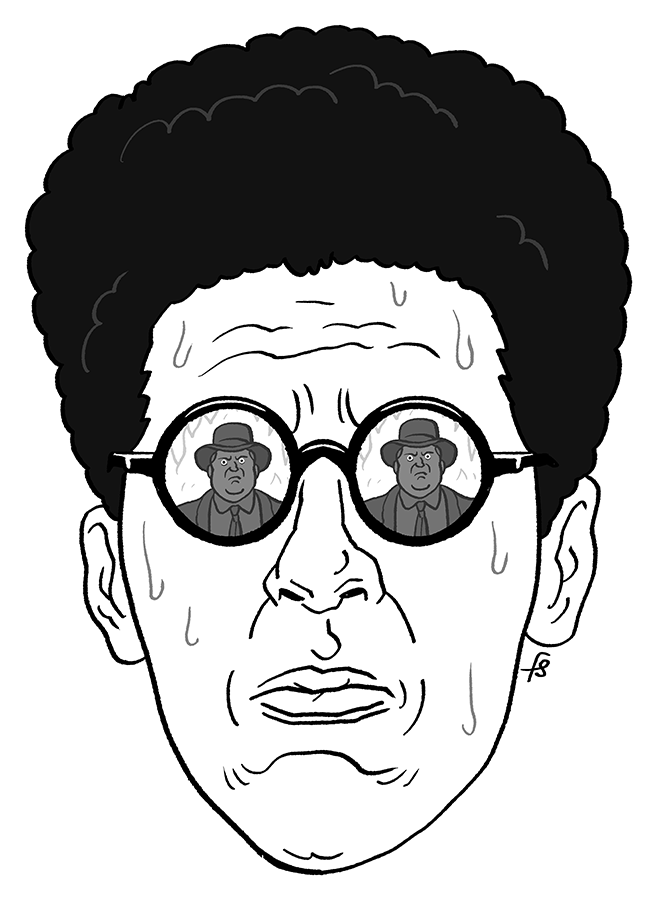The Irresistible Allure of the Phantom Cut
I recently watched and wrote about 1982’s First Blood and 1985’s Rambo: First Blood, Part II for an upcoming Fatherly piece and my Control Nathan Rabin 4.0 column respectively. Researching the series on Wikipedia I discovered that the first cut of the movie was decidedly different than the one that would launch a billion dollar franchise that has become shorthand for patriotic Uber-violence.
According to Wikipedia, “The first rough cut of the film was between 3 and 3.5 hours long. According to Sylvester Stallone, it was so bad that it sickened his agent and him. Stallone wanted to buy the movie and destroy it thinking that it was a career killer. After heavy re-editing, the film was cut down to 93 minutes; this version was ultimately released in theaters.”
The original cut reportedly focussed more on the character of Rambo. The finished product was more interested in the hunt for Rambo, and what it said about how the military-industrial complex turns men into monsters it must then destroy.
The more you learn about post-production and the way films are shaped and molded in the editing room the less strange First Blood’s apparent journey from unwatchable, unreleasable career-killer to critically acclaimed, culturally important box-office hit seems.
LOTS of iconic movies I’ve written about have had disastrous rough cuts in the three to four hour range. The first draft of Caddyshack, for example, apparently ran over four hours, including a solid half hour devoted to a single wholly improvised Bill Murray monologue.
Then they realized that what was fun and funny and exciting about the movie had nothing to do with caddying or caddies and everything to do with the explosive talent and comic chemistry of stars Bill Murray, Ted Knight, Chevy Chase and Rodney Dangerfield and edited accordingly.
Oh, and they realized that they couldn’t release a four hour slob versus snobs comedy without everyone thinking that they’d lost their minds. In an unsurprising turn of events the Caddyshack we know and love runs a mere 98 minutes.
I could go on. And I will! The first cuts of Easy Rider ran anywhere from three to five hours and dealt extensively with its anti-heroes’ lives before their fateful road trip. Henry Jaglom was brought in to turn Hopper’s gargantuan mess of scenes and ideas and music and imagery into a movie.
That’s ironic considering that Jaglom’s work as a director is notorious for being self-indulgent and unwatchable. When Easy Rider hit screens it ran 96 minutes. That’s all the time it took to change American film, and American pop culture, and American culture forever.
The original cut of Annie Hall ran two hours and twenty minutes and focussed more on the interior life of Alvy Singer than his romance with the title character. Then it was edited down to a 93 minute romantic comedy that became one of the undisputed high water marks of writer-director-star Woody Allen’s career.
Part of me would love to watch the original cuts of all of these movies, having seen the theatrical cuts at least three or four times apiece. Part of me thinks that watching these movies in their original form would be borderline unbearable.
Reading about these super-sized, never-to-be-seen cuts online makes it seem like the studio was on the verge of losing a fortune by releasing, for example, a golf sex comedy longer than Lawrence of Arabia. But the impression that I get is that these phantom cuts were never anywhere near in a place to be released theatrically.
That’s why they call them rough drafts, because they contain pretty much everything a film might have, including subplots, scenes and gags loudly and repeatedly begging for the cutting room floor.
The reason why we’re intrigued by these vastly different versions of movies that are culturally important in the first place is because the dramatically edited-down versions were big successes.
These cuts are a little like Jerry Lewis’ infamous unreleased film The Day the Clown Cried. We’re fascinated by them precisely because they will seemingly be forever out of our reach, something we can dream about and think about and fantasize about but never get to experience.
Then again I thought Orson Welles’ legendary “lost” film The Other Side of the Wind would stay lost forever but it was finished and released on Netflix and lives up to its incredible pedigree and hype.
So it’s definitely possible that the four hour versions of these pop classics would be satisfying cinematic experiences as well but I have my doubts.
Pre-order The Fractured Mirror, the Happy Place’s next book, a 600 page magnum opus about American films about American films, illustrated by the great Felipe Sobreiro over at https://the-fractured-mirror.backerkit.com/hosted_preorders
The Joy of Trash, the Happy Place’s first non-"Weird Al” Yankovic-themed book is out! And it’s only 16.50, shipping, handling and taxes included, 30 bucks for two books, domestic only!
Buy The Joy of Trash, The Weird Accordion to Al and the The Weird Accordion to Al in both paperback and hardcover and The Weird A-Coloring to Al and The Weird A-Coloring to Al: Colored-In Special Edition signed from me personally (recommended) over at https://www.nathanrabin.com/shop
Or you can buy The Joy of Trash here and The Weird A-Coloring to Al here and The Weird Accordion to Al here
Help ensure a future for the Happy Place during an uncertain era AND get sweet merch by pledging to the site’s Patreon account at https://www.patreon.com/nathanrabinshappyplace We just added a bunch of new tiers and merchandise AND a second daily blog just for patrons!
Alternately you can buy The Weird Accordion to Al, signed, for just 19.50, tax and shipping included, at the https://www.nathanrabin.com/shop or for more, unsigned, from Amazon here.
I make my living exclusively through book sales and Patreon so please support independent media and one man’s dream and kick in a shekel or two!






